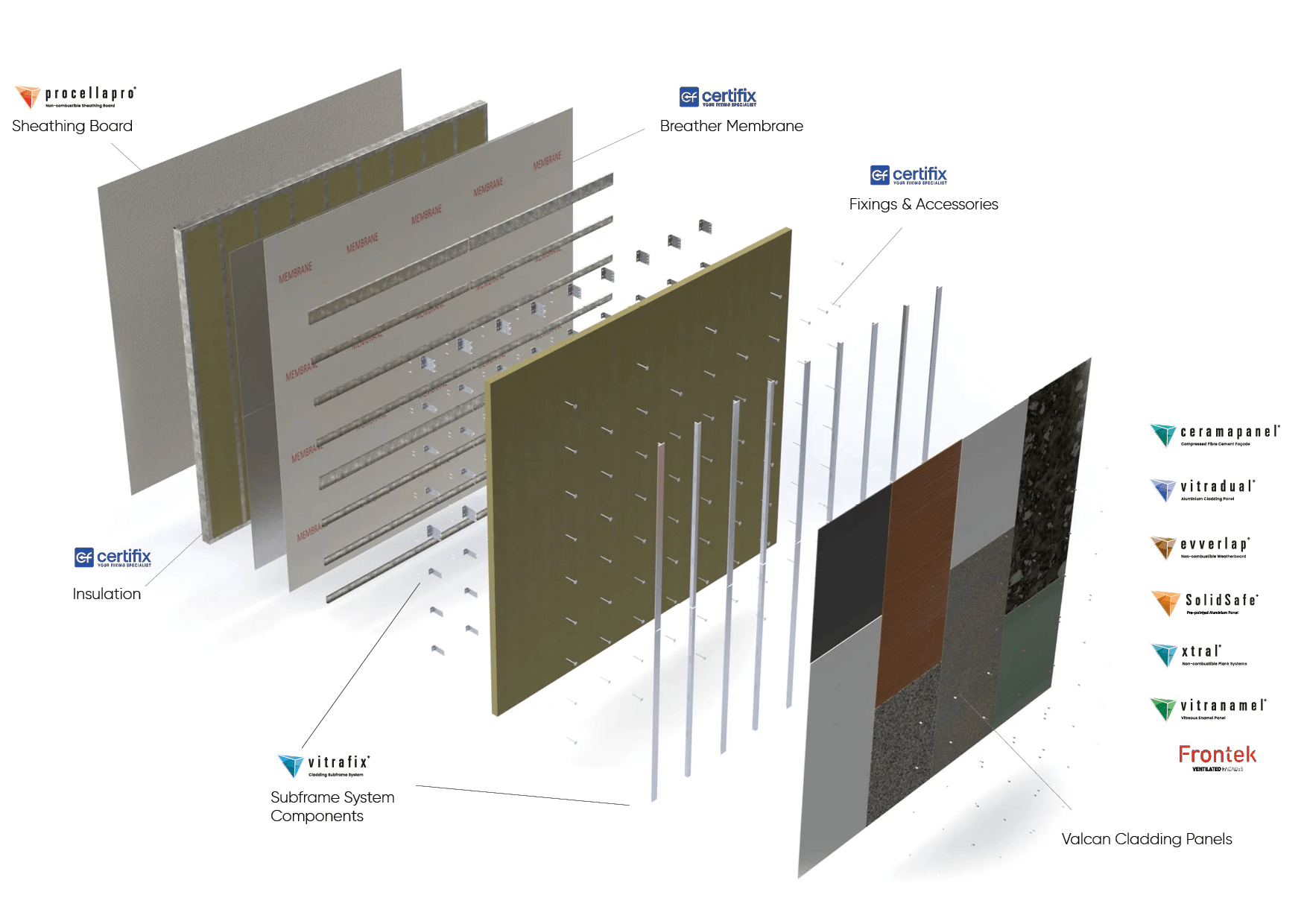The UK government has in recent years implemented several regulations to ensure that buildings are energy efficient. These regulations are part of the broader strategy to achieve net-zero emissions by 2050 and make sure buildings are more sustainable and cost-effective to run.
Approved Document L: Approved Documents provide guidance on how to meet the building regulations, with this document setting out the energy performance standards for new and existing buildings. It includes requirements for insulation, heating, lighting, and ventilation to improve energy efficiency.
The Future Homes Standard (FHS): This is the next iteration of Part L of the Building Regulations, although Parts O and F are also being considered. The FHS, due to be implemented in 2025, is aiming to eliminate dwellings' reliance on fossil fuels, instead using low carbon energy sources, such as heat pumps and other renewables. By 2025, all new homes must be highly energy efficient, with low carbon heating and zero carbon ready, aiming to reduce carbon emissions from new homes by 75-80% compared to current levels.
Energy Performance Certificates (EPCs): These certificates are required for all buildings when they are constructed, sold, or let. They rate the energy efficiency of a building on a scale from A (most efficient) to G (least efficient) and also highlights cost effective ways to improve your EPC rating.
Minimum Energy Efficiency Standards (MEES): Currently, for commercial properties, landlords must have an EPC rating of E or above to grant a new lease, unless a valid exemption is registered. Future changes to EPC regulations would mean that from 2025, a rented commercial (or non-domestic) property would need to have a certification rating of C or above.
How can installing rainscreen cladding help to improve a buildings energy efficiency?
Rainscreen cladding not only provides a sleek and modern aesthetic to a building but also offers numerous practical benefits.
By creating an air cavity between the cladding and the structural wall, this system helps regulate temperature and reduce heat conduction. In addition to providing insulation, the air barrier allows for efficient ventilation, ensuring a comfortable indoor environment year-round. Moreover, the separation from the elements helps prevent moisture buildup and potential damage to the building's structure.
When selecting materials for rainscreen cladding, it is important to consider factors such as durability, thermal performance, and sustainability. By choosing the right materials and design, you can enhance the energy efficiency and overall performance of your building. Factors to consider include:
Insulation: The type of insulation used in the rainscreen system is crucial. Mineral fibre slabs are common choices due to their excellent thermal performance. Insulation should be placed on the exterior side of the air barrier to maximize energy efficiency.
 FrontekA1 | Extruded Porcelain Cladding
FrontekA1 | Extruded Porcelain Cladding